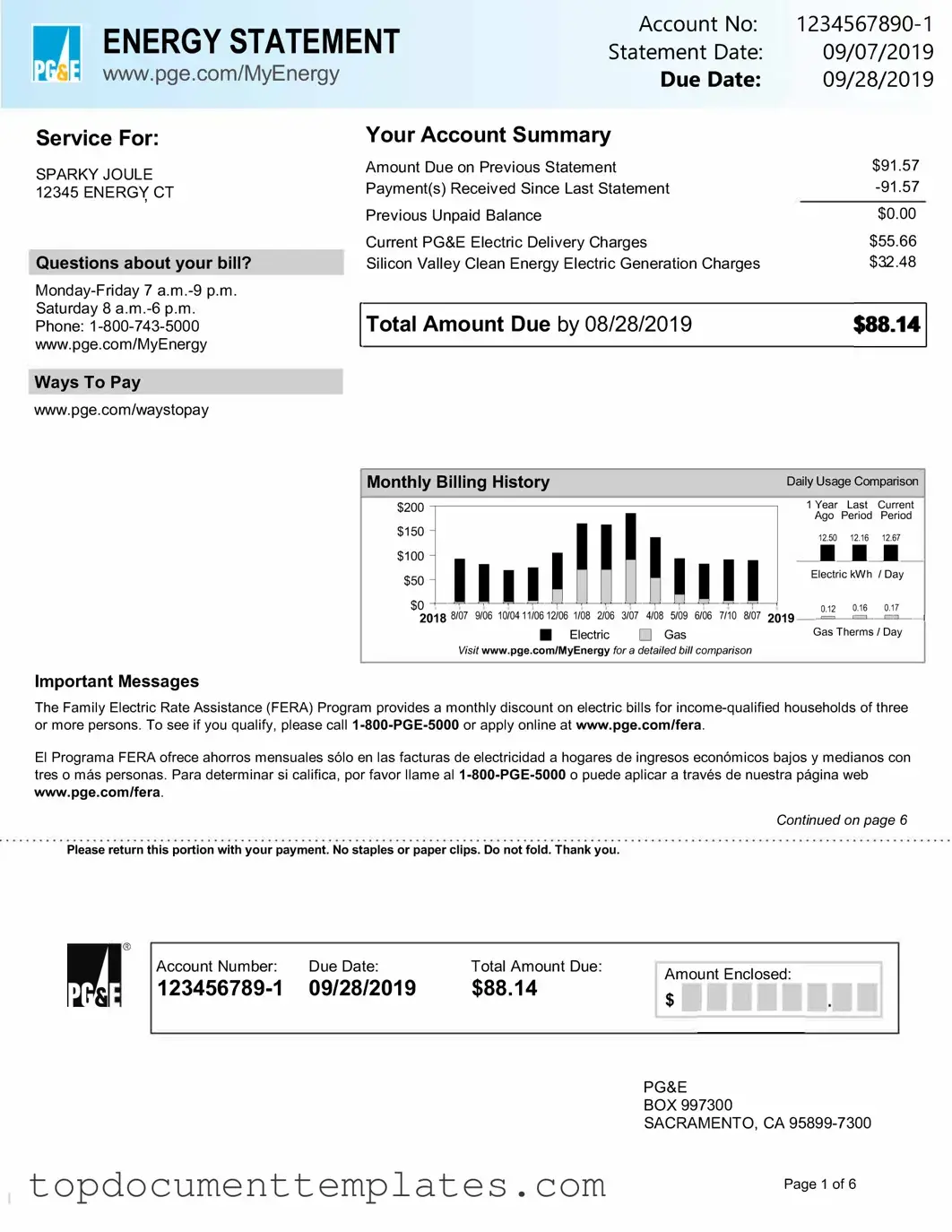Blank Utility Bill PDF Form
The Utility Bill form is a document used to request information or assistance related to utility services, such as water, electricity, or gas. This form helps ensure that residents can access essential services without interruption. To get started, fill out the form by clicking the button below.
Open This Form
